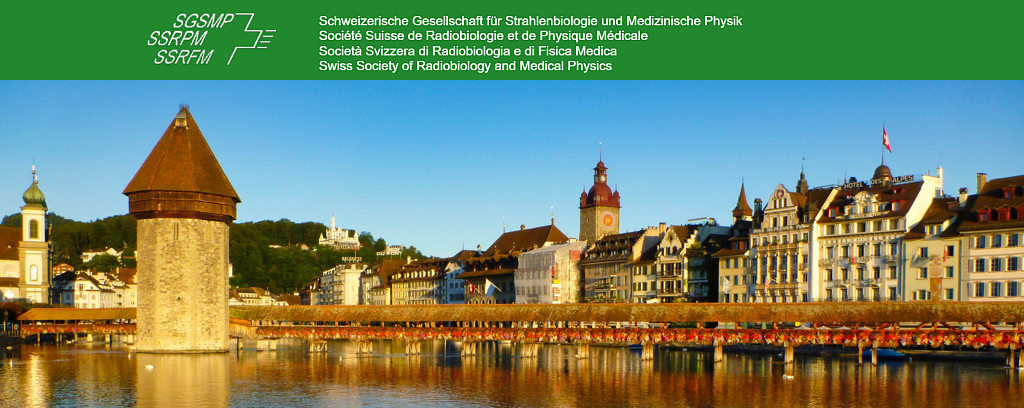Speaker
Description
Purpose
Y-90 radiolabelled resin and glass microspheres have been used for decades to treat primary hepatic carcinoma and liver metastases. Recently, experimental PET results [1] and Monte Carlo simulations [2] pointed out a possible important discrepancy between the calibrated activity and the actual activity present in both the Y-90 labelled resin and glass devices. The present communication aims to outline ad discuss the main results presented in the cited works and the possible clinical implications for the Y-90 radioembolization.
Methods:
In [1], 56 glass and 18 resin’s Y-90 labelled microspheres vials were measured in 5 PET/CT devices at four different institutions. The vial activity assessed by the PET (APET) was compared with the calibrated value reported by the manufacturer (AV). In [2], Monte Carlo simulations considering the actual glass/resin vial geometry and materials, the electric signal produced in a standard activity-meter configuration was estimated and compared between the two commercial products.
Results:
Authors of [1] found the PET systematically underestimated (average -20%) / overestimated (on average +15%) the calibrated Y-90 activity in glass/resin vials. Accordingly, PET data showed an average difference of 46% between glass and resin microsphere activity calibrations. This experimental discrepancy was corroborated by the realistic Monte Carlo simulations reported in [2].
Conclusions:
MC simulations performed in [2] indicate that the discrepancies recently found between PET/CT-measured activity and vendor-calibrated activity for Y-90 glass and resin microspheres [1] can be attributed to differences in the geometry of the respective commercial vials and to the metrologic approach adopted for activity meter calibration with a Y-90-chloride liquid source.
[1] Gnesin et al. J Nucl Med. 2022; https://doi.org/10.2967/jnumed.122.264458
[2] Auditore et al. J Nucl Med. 2023; https://doi.org/10.2967/jnumed.123.265494

